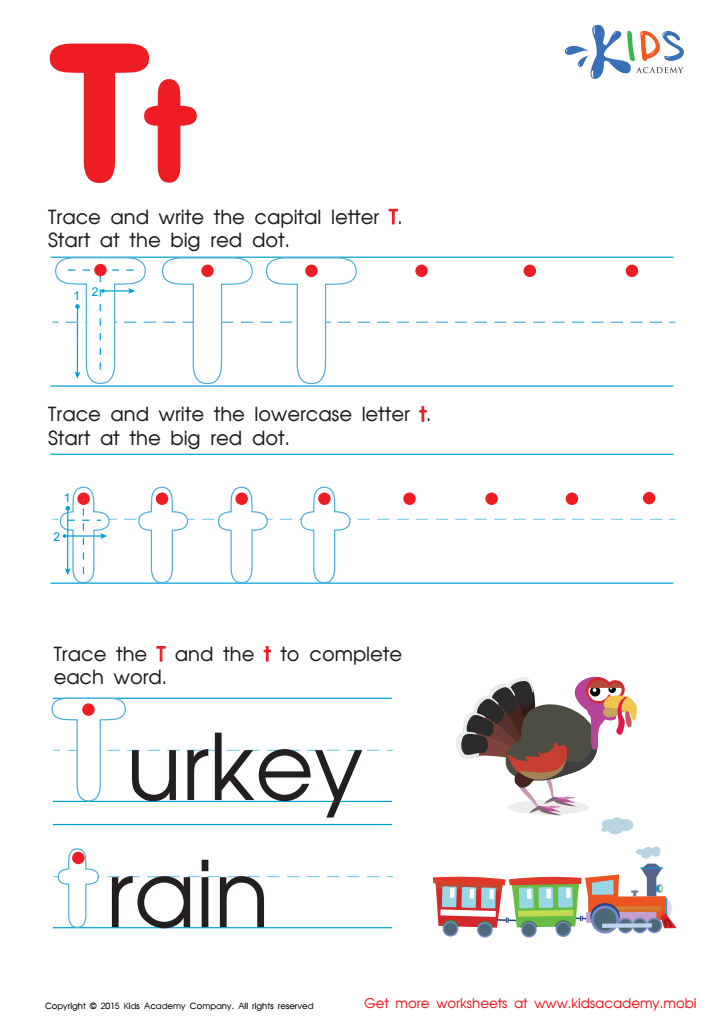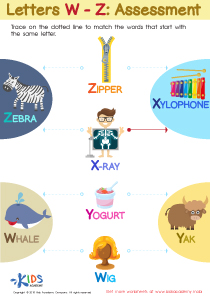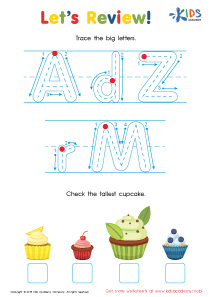Letter recognition Preschool Tracing Letters Worksheets - Page 2
26 filtered results
-
From - To


Letter T Tracing Page


Letter D Tracing Page
Letter recognition is a foundational skill in early childhood education that significantly impacts a child's literacy development. For preschoolers, tracing letters helps solidify their understanding of letter shapes and sounds, forming the basis for reading and writing proficiency. Recognizing letters is not just about identifying shapes; it fosters phonemic awareness, a critical component in learning to read.
Parents and teachers should prioritize letter recognition activities because they cultivate essential fine motor skills. As children grasp crayons or pencils to trace letters, they enhance hand-eye coordination and dexterity, which are vital for future writing tasks. Moreover, incorporating letter tracing in a dynamic, engaging way makes learning enjoyable, encouraging positive attitudes toward education.
Furthermore, letter recognition serves as a gateway for communication skills, allowing children to express themselves through writing as they grow. By equipping children with early literacy skills, parents and teachers lay the groundwork for academic success, building confidence in their abilities to tackle more complex concepts.
Ultimately, prioritizing letter recognition and tracing leads to well-rounded benefits, encouraging a love for learning while ensuring that children are prepared for future literary challenges they will encounter in school.

 Assign to My Students
Assign to My Students











